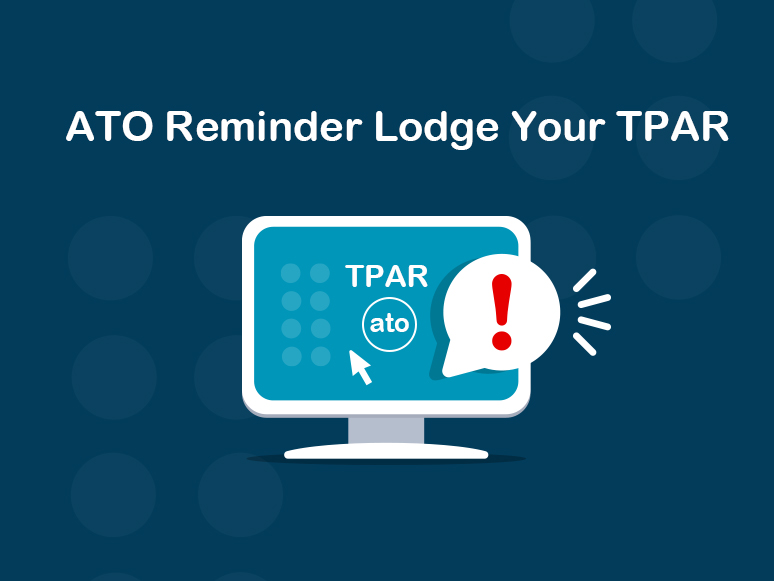logo


20th May, 2021

The Government will extend the temporary full expensing measure until 30 June 2023. It was otherwise due to finish on 30 June 2022.
Other than the extended date, all other elements of temporary full expensing will remain unchanged.
Currently, temporary full expensing allows eligible businesses to deduct the full cost of eligible depreciating assets, as well as the full amount of the second element of cost. A business qualifies for temporary full expensing if it is a small business (annual aggregated turnover under $10 million) or has an annual aggregated turnover under $5 billion. Annual aggregated turnover is generally worked out on the same basis as for small businesses, except that the threshold is $5 billion instead of $10 million.
There is an alternative test, so a corporate tax entity qualifies for temporary full expensing if:
If temporary full expensing applies to work out the decline in value of a depreciating asset, no other method of working out that decline in value applies.
Assets must be acquired from 7:30pm AEDT on 6 October 2020 and first used or installed ready for use by 30 June 2023.
Under the temporary, COVID-driven restoration of the loss carry-back provisions announced in the previous Budget, an eligible company (aggregated annual turnover of up to $5 billion) could carry back a tax loss for the 2019–2020, 2020–2021 or 2021–2022 income years to offset tax paid in the 2018–2019 or later income years.
The Government has announced it will extend this to include the 2022–2023 income year. Tax refunds resulting from loss carry-back will be available to companies when they lodge their 2020–2021, 2021–2022 and now 2022–2023 tax returns.
This is intended to help increase cash flow for businesses in future years and support companies that were profitable and paying tax but find themselves in a loss position as a result of the COVID-19 pandemic. Temporary loss carry-back also complements the temporary full expensing measure by allowing more companies to take advantage of expensing, while it is available.
The Government will remove the cessation of employment as a taxing point for tax-deferred employee share schemes (ESSs). There are also other changes designed to cut “red tape” for certain employers.
Cessation of employment change
Currently, under a tax-deferred ESS and where certain criteria are met, employees may defer tax until a later tax year (the deferred taxing point). In such cases, the deferred taxing point is the earliest of:
The change announced in the latest Budget will result in tax being deferred until the earliest of the remaining taxing points.
Other regulatory changes
The Government will also:
20th May, 2021

The Government will introduce legislation to allow small businesses to pause or modify ATO debt recovery action where the debt is being disputed in the Administrative Appeals Tribunal (AAT). Treasurer Josh Frydenberg had earlier announced this measure on 8 May 2021.
Specifically, the changes will allow the Small Business Taxation Division of the AAT to pause or modify any ATO debt recovery actions – such as garnishee notices and the recovery of general interest charge (GIC) or related penalties – until the underlying dispute is resolved by the AAT. This measure is intended to provide an avenue for small businesses to ensure they are not required to start paying a disputed debt until the matter has been determined by the AAT.
Small business entities (including individuals carrying on a business) with an aggregated turnover of less than $10 million per year will be eligible to use the option. The AAT will be required to “have regard to the integrity of the tax system” in deciding whether to pause or modify the ATO’s debt recovery actions.
Changes welcomed
The Australian Small Business and Family Enterprise Ombudsman has welcomed the changes. The Ombudsman, Mr Bruce, stated that small businesses could save “thousands of dollars in legal fees”, as well as up to two months waiting for a ruling. The Ombudsman also noted this measure was a key recommendation in its report A tax system that works for small business.
20th May, 2021

The superannuation contributions work test exemption will be repealed for voluntary non-concessional and salary sacrificed contributions for those aged 67 to 74 from 1 July 2022.
As a result, individuals under age 75 will be allowed to make or receive non-concessional (including under the bring-forward rule) or salary sacrifice contributions from 1 July 2022 without meeting the work test, subject to existing contribution caps. However, individuals aged 67 to 74 years will still have to meet the work test to make personal deductible contributions.
Currently, individuals aged 67 to 74 years can only make voluntary contributions (both concessional and non-concessional), or receive contributions from their spouse, if they work at least 40 hours in any 30-day period in the financial year in which the contributions are made (the “work test”). The work test age threshold previously increased from 65 to 67 from 1 July 2020 as part of the 2019–2020 Budget.
Non-concessional contributions and bring-forward
The Government confirmed that individuals under age 75 will be able to access the non-concessional bring forward arrangement (ie three times the annual non-concessional cap over three years), subject to meeting the relevant eligibility criteria. However, we note that the Government is still yet to legislate its 2019–2020 Budget proposal to extend the bring-forward age limit so that anyone under age 67 can access the bring-forward rule from 1 July 2020. The proposed legislation for the 2019–2020 Budget measure is yet to be passed by the Senate.
The Government also noted that the existing restriction on non-concessional contributions will continue to apply for people with total superannuation balances above $1.6 million ($1.7 million from 2021–2022).
30th Apr, 2021

If your business has provided any benefits to your employees, you may be liable for fringe benefits tax (FBT). This includes benefits to current, prospective and former employees,as well as their associates. It’s important to keep in mind that this applies no matter what structure your business has – sole trader, partnership, trustee, corporation, unincorporated association, etc. If a benefit was provided in respect of employment, then it may be a taxable fringe benefit.
Although the Australian income tax year runs from 1 July to 30 June, the FBT year is different, running from 1 April to 31 March the following year – so now is the time to consider your business’s FBT obligations and organise your records for the year 1 April 2020 to 31 March 2021.
In total, there are 13 different types of taxable fringe benefits, each with their own specific valuation rules. The FBT tax rate of 47% may seem fearsome, but there are ways to reduce the amount of FBT your business may have to pay where a benefit has been provided.
One of the simplest ways to reduce the amount of your business’s FBT liability is for your employees to make payments towards the cost of providing the fringe benefit. This is known as employee contribution, and certain conditions still apply.
Your business can also take advantage of various exemptions and concessions to reduce FBT liability, but you’ll need to keep specific and careful records, including employee declarations and invoices and receipts. As a general rule, you should keep these documents for at least five years after the relevant FBT return is lodged.
30th Apr, 2021

The ATO is reminding owners of businesses that provide various services to lodge their taxable payments annual report (TPAR) for the 2019–2020 income year. It estimates that around 280,000 businesses were required to lodge a TPAR for the 2019–2020 financial year, but at the beginning of March around 60,000 businesses still had not complied with the lodgment requirements. The reports were originally due on 28 August 2020. To avoid possible penalties, these businesses are encouraged to lodge as soon as possible.
The ATO notes that many businesses that have engaged delivery services (including food delivery services) though a contractor/subcontractor may not know they have to lodge a report.
The TPAR was introduced to combat the “black economy” which is estimated to cost the Australian community around $50 billion, or 3% of gross domestic product (GDP). It is designed to help the ATO identify contractors or subcontractors who either don’t report or under-report their income (eg through hiding amounts received as “cash in hand”).
The report is required for businesses that make payments to contractors/subcontractors and provide any of the following services:
For example, during the past year many eateries, grocery stores, pharmacies and other general retailers pivoted to providing home delivery for their customers. As such, they may have needed to engage contractors or subcontactors to provide courier services. If the total income received for these deliveries or courier services amount to 10% or more of their total business income, they will be required to lodge a TPAR even though they may not have needed to do so previously.
If your business is required to lodge a TPAR, the details you’ll need to report about each contractor should be easy to find and are generally contained on the invoice you receive from them. This includes details such as their ABN, name and address, and the gross amount paid for the financial year (including GST).
30th Apr, 2021

A number of important COVID-19 related government stimulus and support measures are now coming to an end, and some others have begun phasing out, which will occur over a slightly longer period.
This means that businesses and individuals need to prepare for an environment where the government safety net is not as wide.
The following are, at the time of writing, among the measures that will cease at the end of March 2021: